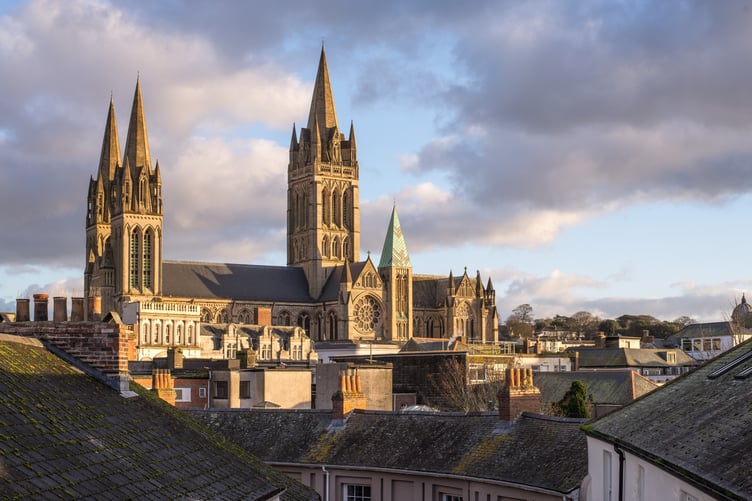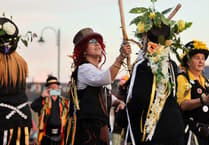HAVE you ever started something big, but had a long wait before you could complete the job? That’s the situation that architect John Loughborough Pearson found himself in when work on Truro Cathedral was paused for 11 years from 1887 to 1898, writes Judith Field.
Only the eastern end of the building was finished when work came to a standstill until more money could be raised. But the void left in the schedule was soon filled by one of the most extraordinary clients of Pearson’s long career: William Waldorf Astor.
Astor was American, the heir to his father’s $100-million New York real estate empire. He himself developed the famous Waldorf Hotel in Manhattan, and when his father died in 1890, he was suddenly one of the richest men in the world.
Stung by a bitter family dispute with his aunt, and free to do whatever he wanted, he left America behind and moved with his family to London. Here, he decided to indulge his interest in medieval European architecture and art by building the most magnificent offices anyone could imagine. And who did he pick for the job? Truro Cathedral’s John Loughborough Pearson!
Astor was very different from his architect when they met in 1891. He was 43, had inherited a fortune and was a convinced atheist. By contrast, Pearson was 74, had worked his way up and was a committed Christian. But what they had in common was their love of medieval architecture.
Astor would have been very aware of Pearson’s Gothic Revival design for Truro, famous as the first completely new Anglican cathedral in 600 years. Pearson brought with him many of the craftsmen he had worked with there: for example, sculptor Nathaniel Hitch and stained-glass studio Clayton & Bell.
Now known as Two Temple Place, Astor and Pearson’s Tudor-inspired offices stand on the Embankment in London and are recognised as a gem of Victorian architecture. They functioned as Astor’s British headquarters, with two substantial strongrooms and a luxury bedroom suite for his overnight stays. Deeply involved in the details of the design, he included many personal touches such as sculptures of characters from his favourite books, The Three Musketeers and The Last of the Mohicans amongst them.
There are many parallels with Truro Cathedral: for instance, a beautiful marble floor in the ‘Cosmatesque’ style, with geometric decorative inlay stonework typical of Medieval Italian architecture; and stunning Clayton & Bell windows.
But whereas Two Temple Place took only three years to build, Truro Cathedral took 30 - and was finished by Pearson’s son, Frank, after his father died in 1897.
Oddly, the two buildings are not the only Astor–Truro connection: Astor’s cousin Jack and a former Truro chorister, Edwy West, both drowned in the ‘Titanic’ disaster of 1912.
Nowadays, both buildings are run by charities. Two Temple Place can be visited on selected dates throughout the year, and from January to April when open for an exhibition. Truro Cathedral is open almost every day, its policy of ‘no charge for entry’ made possible by visitor donations.





Comments
This article has no comments yet. Be the first to leave a comment.